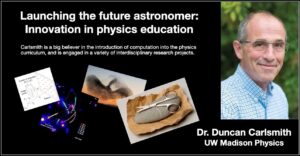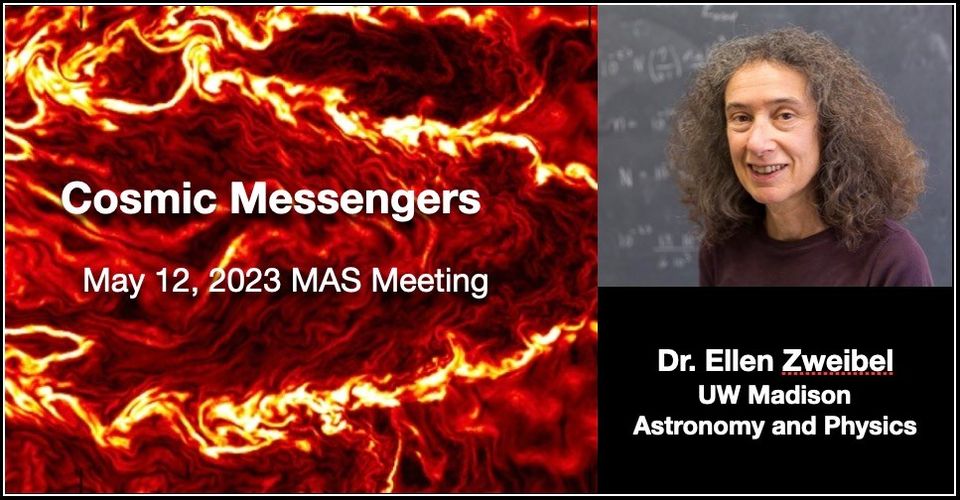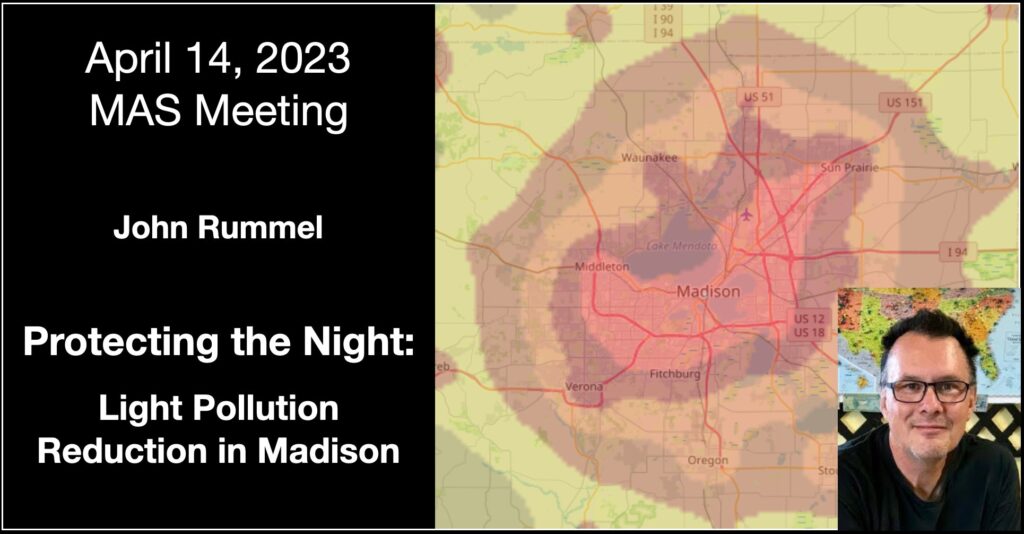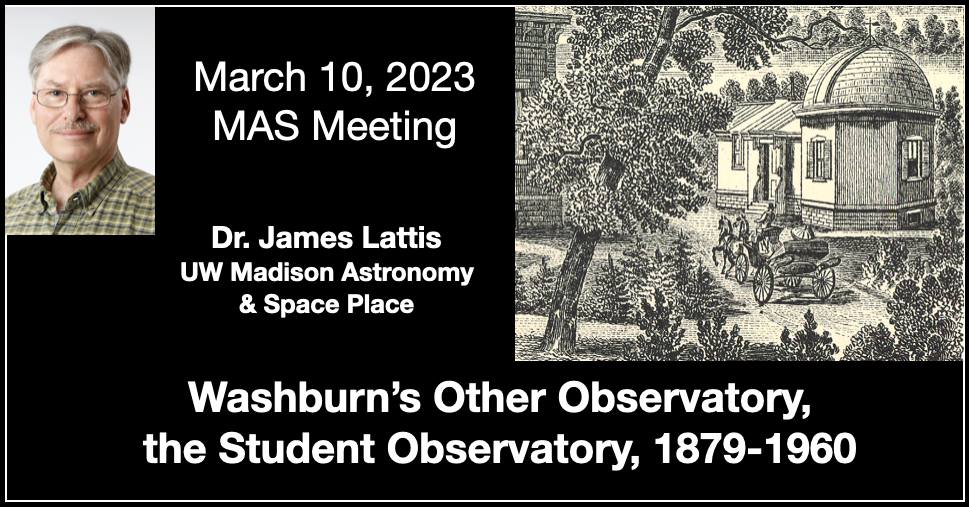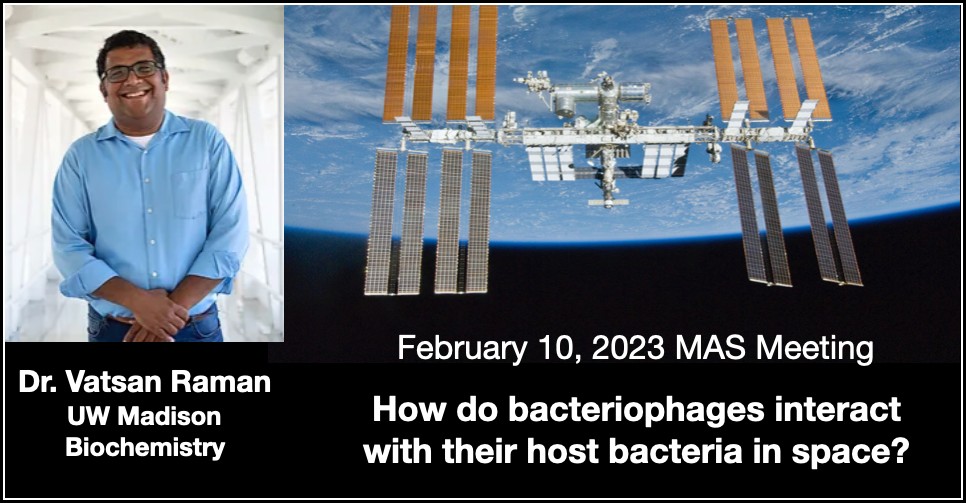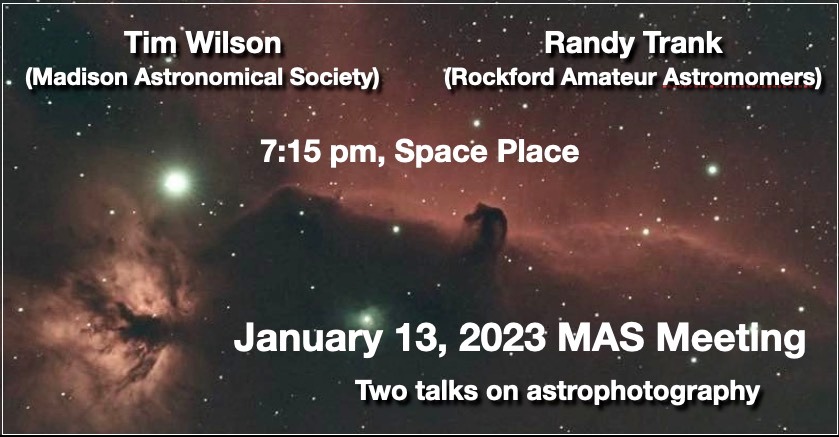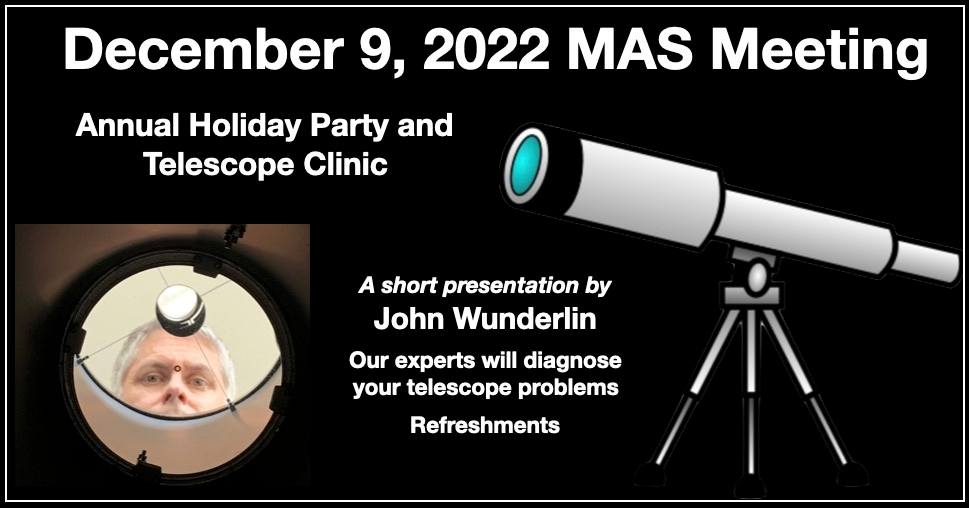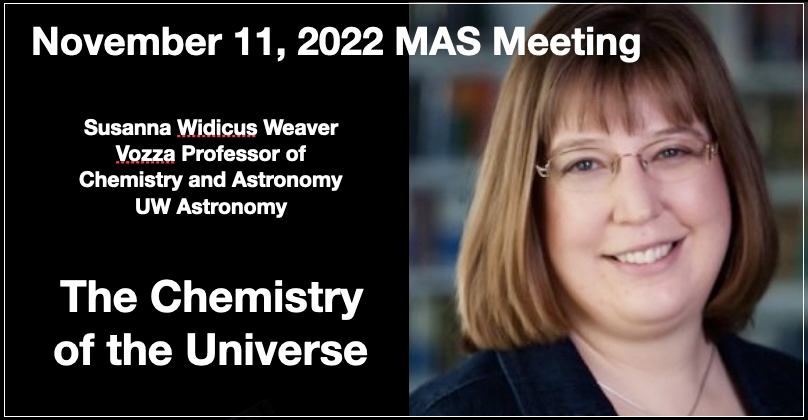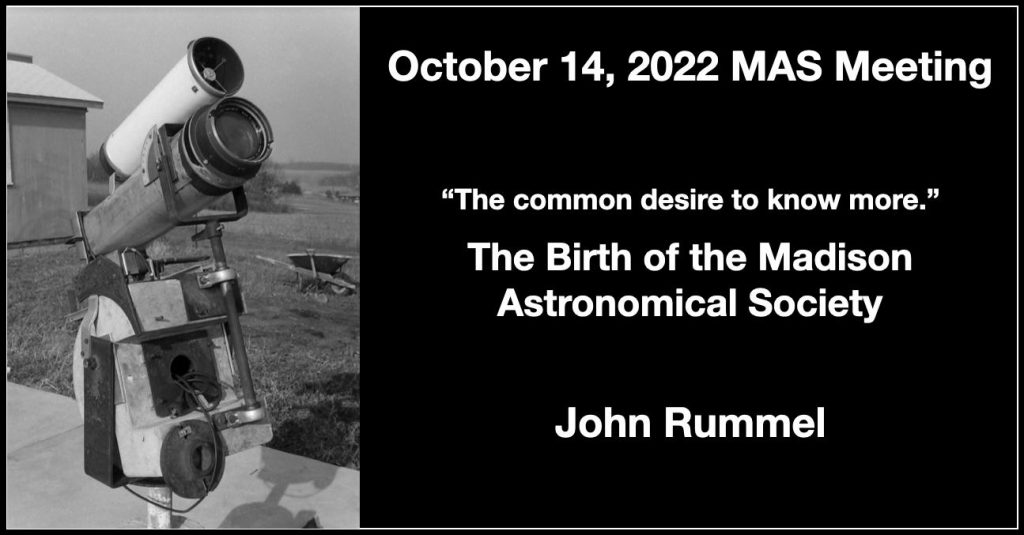Teledyne Imaging: The largest camera company you have never heard of!
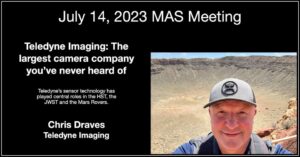
Teledyne Imaging’s image sensors, cameras, and imaging components have played central roles in groundbreaking projects like the Hubble Telescope, the Mars Rovers, and the James Webb Telescope. We will explore the latest industry trends in CCD and CMOS sensors, and delve into Teledyne’s extensive influence on astronomy and the space program, revolutionizing the way we observe and explore the cosmos.
Chris Draves is an accomplished professional with over 20 years of experience in the scientific camera and image sensor industry...
Read More
